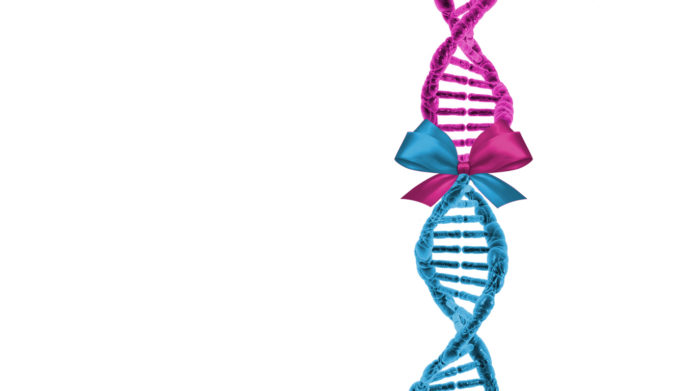Although autism is a genetic disease, the list of genes that can be affected is vast and varies widely. For most people diagnosed on the spectrum, there is no known genetic cause. But Toronto researchers believe that up to a third of autism cases might be explained by low levels of a single protein called nSR100. If they’re right, this information could pinpoint a target for treating this complex disease.
Previous studies showed reduced levels of nSR100 in the brains of autistic people. The new study found that lowering nSR100 levels caused autism symptoms in mice: its scarcity was causative. The study, published in Molecular Cell, was led by Benjamin Blencowe and Sabine Cordes, both professors of molecular genetics at the University of Toronto.
nSR100 and alternative splicing
The team first became interested in nSR100 five years ago when they were solving a different and more basic mystery: given a small and limited number of human genes, how are complex and diverse structures like the brain possible?
In the brain, nSR100 is a key player in a process called alternative splicing. The recipes for proteins, the building blocks and machinery of cells, are written in DNA. However, these instructions are in pieces, separated by non-coding DNA, and they need to be brought together to function. nSR100 is one of the mediators that rearranges and splices this information together in many possible combinations, expanding the variety of finished proteins with fewer total genes.
This explains why a single gene can have such a broad and sweeping affect: nSR100 makes so many genes possible that without enough of it, many systems can begin to fail.
What does this mean for autism?
When the team engineered mice to have half the normal amount of nSR100, it triggered autism behaviour in mice. They were more sensitive to noise, and would choose to spend more time with brightly coloured objects than socializing with other mice, and experienced similar changes in alternative splicing and brain changes. Mice that lack nSR100 completely die at birth.
Looking at individual brain cells post mortem in human autistic brains, heightened cell activity was linked to lower nSR100 levels. Genetic changes that cause overactivity may then lead to autism. Although not yet proven, treatments that restore normal nSR100 levels might reduce or reverse autism symptoms.
As a key regulator of many genes linked to autism, nSR100 is a new potential drug target that could have broad impact on treating patients.








































